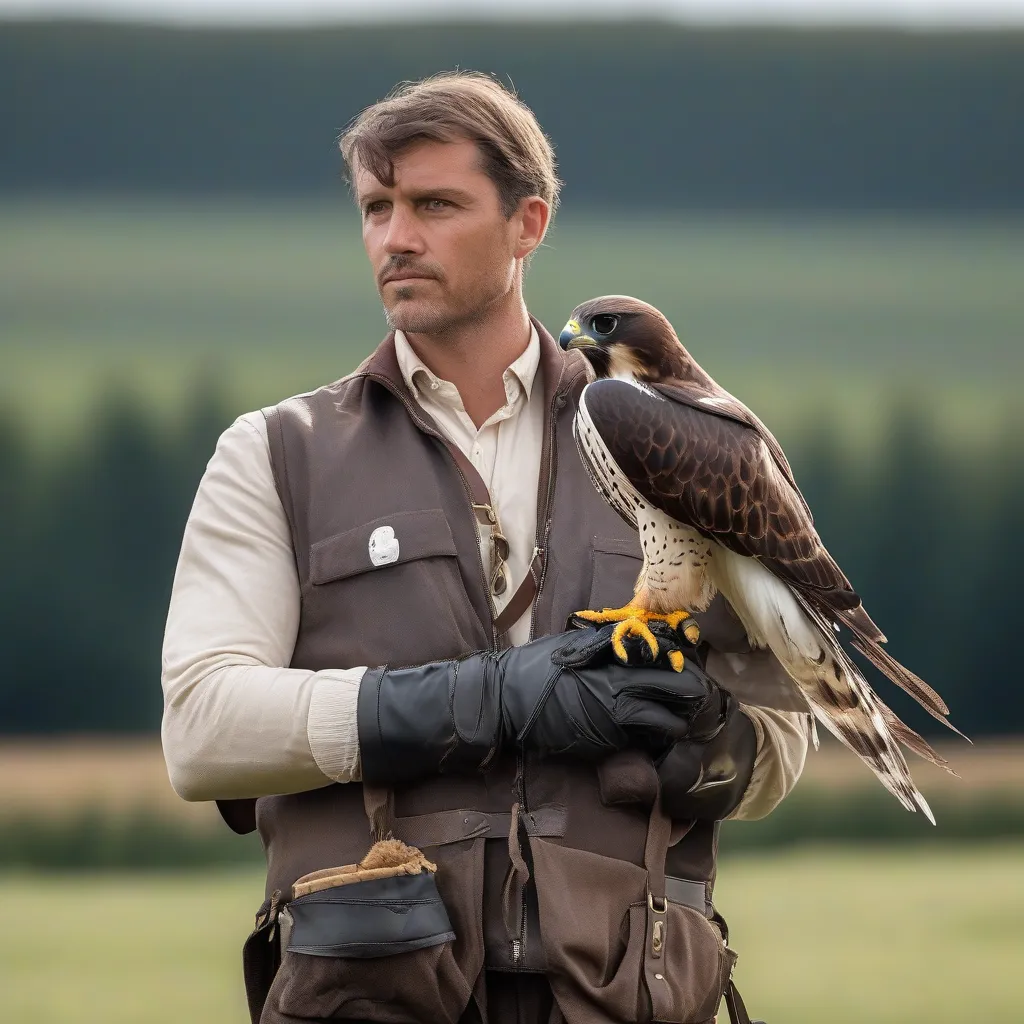Have you ever been on vacation and seen a bird doing something extraordinary? Maybe it was a parrot seemingly having a conversation with a local, or a hawk swooping down to deliver a message. While these instances might seem magical or even mythical, they beg the question: Are birds actually used to assist people traveling?
The answer, surprisingly, is yes! While we don’t have talking parrots guiding tourists through ancient ruins (yet!), birds have been helpful travel companions in various ways throughout history and even in modern times.
Feathered Friends with Benefits: How Birds Assist Travelers
Before the ease of GPS and Google Maps, navigating the world was a much more challenging endeavor. In this context, birds, with their incredible navigational skills and keen eyesight, played a crucial role.
1. Carrier Pigeons: The Winged Postmen
For centuries, carrier pigeons were the undisputed champions of long-distance communication. These remarkable birds possess a homing instinct that allows them to find their way back to their loft from hundreds of miles away. This unique ability made them invaluable for:
- Delivering Messages: From ancient Rome to World War II, carrier pigeons successfully delivered vital messages across battlefields and between cities, sometimes even faster than modern communication methods.
- Guiding Explorers: Some explorers, particularly seafarers, carried pigeons with them. Releasing a bird with a message attached was a way to signal for help or communicate their location if they were lost at sea.
2. Falcons: The Eyes in the Sky
Falcons, with their exceptional eyesight and hunting prowess, have also been valuable travel companions, albeit in a more indirect way:
- Falconry and Tourism: Today, falconry, the ancient art of hunting with trained birds of prey, has seen a resurgence in popularity. Travelers can experience this unique cultural heritage through falconry demonstrations and experiences offered in various destinations like the UAE, Ireland, and the United Kingdom.
 Falconry Demonstration
Falconry Demonstration
The Future of Birds in Travel: Will Technology Replace Tradition?
While the role of birds in assisting travelers has diminished with advancements in technology, their contributions to our travel experiences haven’t completely vanished.
Birdwatching Tourism: Birdwatching is a growing niche in the travel industry, with enthusiasts flocking to destinations renowned for their avian biodiversity, like Costa Rica, Peru, and South Africa.
Preserving Cultural Heritage: Efforts are being made to preserve traditional practices like falconry, ensuring future generations can appreciate the unique bond between humans and birds.
FAQs about Birds Assisting Travelers
Q: Are there any places where carrier pigeons are still used for communication?
A: While no longer a primary mode of communication, some remote areas in countries like India and parts of Europe still employ carrier pigeons for specialized tasks, especially in situations where modern technology is unreliable.
Q: What should I do if I encounter a bird of prey while traveling?
A: It’s best to admire them from a distance. Do not approach or attempt to touch them, as they are wild animals and can be unpredictable.
Travelcar.edu.vn: Your Guide to Unique Travel Experiences
Interested in exploring the world beyond the beaten path? Visit travelcar.edu.vn for more information on unique travel destinations and experiences, including opportunities to witness the fascinating relationships between humans and animals, like the ancient art of falconry.
Discover the world, one feather at a time.